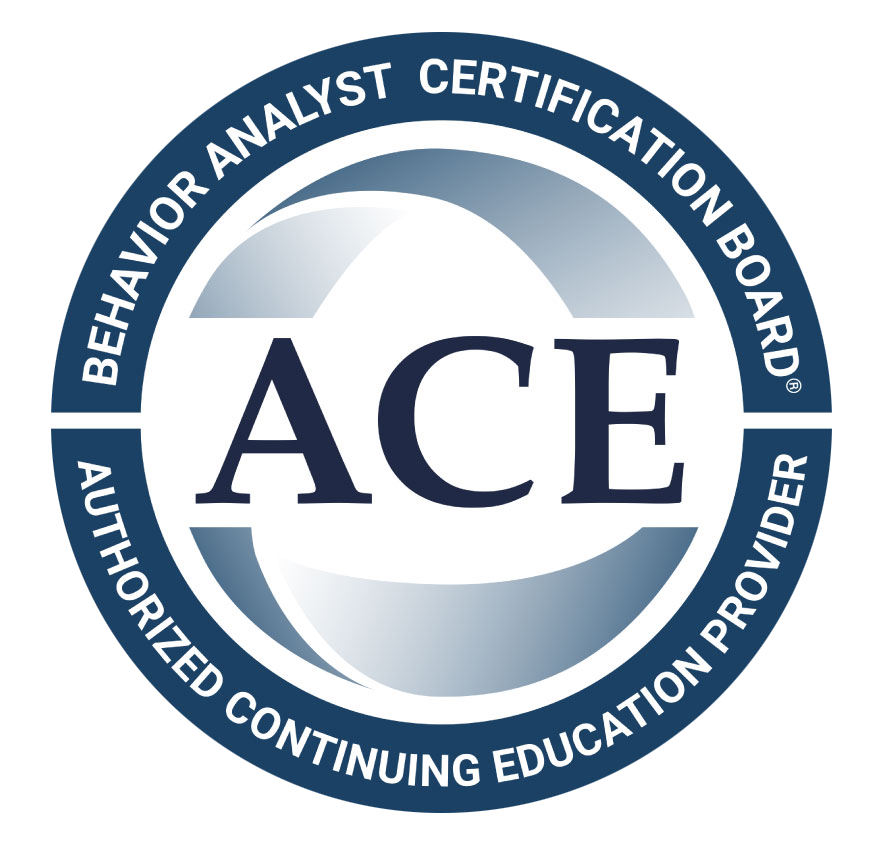As an ABA professional, I know firsthand how important it is to support healthy habits for children on the autism spectrum. These routines can make a big difference—not just today, but well into adulthood. If you’re a parent or caregiver navigating this journey, you're not alone.
While autism can present unique challenges, there are practical and meaningful ways we can help children thrive. Let’s explore some key habits together—starting with one of the most essential: nutrition.
Nutritional Strategies for Autism
Food plays a powerful role in how our kids feel, behave, and interact with the world. But as many parents of children with autism already know, mealtimes can be tough. Picky eating, food aversions, and sensory sensitivities are all common hurdles.
In my experience, a balanced, nutritious diet can improve focus, regulate mood, and support physical health. It’s not about perfection—it’s about progress. Let’s take a closer look at how you can encourage healthier eating without adding more stress to your day.
The Importance of a Balanced Diet
Every child, whether neurotypical or neurodivergent, needs the basics: vitamins, minerals, healthy fats, proteins, and carbs. But for children on the spectrum, these nutrients can be even more vital.
I often recommend starting small—learn what your child likes, note any patterns in what they avoid, and go from there. Slowly introducing new foods while respecting your child’s sensory sensitivities can help expand their diet over time.
And if you’re feeling stuck, don't hesitate to loop in a registered dietitian or nutritionist, especially one with experience working with autistic children. They can help you build a plan that works with your child’s preferences—not against them.
Recommended Foods and Foods to Avoid
Getting creative is key when it comes to picky eaters. While it’s tempting to rely on familiar favorites like chicken nuggets or mac and cheese, we want to make room for whole, nutrient-rich foods whenever possible.
Here are some go-to food groups I recommend:
- Fruits and vegetables: Offer colorful options in fun shapes or textures your child enjoys.
- Whole grains: Try brown rice, whole grain bread, or oats.
- Lean proteins: Think chicken, turkey, beans, lentils, or fish (if tolerated).
- Healthy fats: Avocados, nuts, seeds, and olive oil are great choices.
Foods to limit or avoid include:
- Highly processed snacks: These often contain artificial additives and extra sugar or salt.
- Sugary drinks: Soda, sweetened juices, and sports drinks can spike energy and lead to mood swings.
And remember—introducing new foods to autistic kids takes time. It’s completely normal if your child needs several tries before accepting something new. Keep it positive and pressure-free.
Establishing Effective Communication Routines
One of the most rewarding parts of my work is helping children find their voice—whether it's spoken, visual, or technological. Communication isn’t just about words; it’s about connection. That connection can take many forms, especially in the autism community.
Creating strong communication routines can build your child’s confidence, reduce frustration, and open the door to more meaningful interactions with others.
Techniques to Enhance Verbal Skills
If your child has some verbal ability, there are many ways to help strengthen it. Visual aids like picture cards, social stories, and visual schedules are incredibly effective. They make abstract language more concrete—and that’s a big help for many autistic learners.
Speech therapy is also a game-changer. I always suggest collaborating with a licensed speech-language pathologist who can tailor a plan specifically for your child. From building vocabulary to improving conversation skills, their support can make a big difference.
At home, you can encourage communication by asking open-ended questions and making space for back-and-forth dialogue—no matter how brief. Even a short daily check-in can do wonders.
Nonverbal Communication Methods
Not all communication is verbal—and that’s perfectly okay. If your child uses gestures, facial expressions, or devices to communicate, celebrate those methods!
Tools like communication boards, picture exchange systems, or sign language give children the means to express themselves when words are hard to access. I've seen kids light up with pride when they realize they can share their thoughts in ways that feel comfortable and natural to them.
Technology also plays a huge role here. Speech-generating devices and tablets can provide a voice for nonverbal children, offering independence and confidence. It’s about finding what works best for your child and making sure their unique communication style is supported and honored.
Physical Activity and Sensory Play
Movement and sensory play are often underestimated, but they’re incredibly beneficial for children with autism. Not only do these activities support physical health, but they also help regulate sensory input—something that’s often heightened or under-responsive in autistic kids.
I often advise families to build these activities into the daily routine. They don't have to be complex or expensive—just fun, engaging, and responsive to your child’s needs.
Suitable Exercises for Sensory Integration
Sensory integration is all about helping children respond more effectively to sensory information. Many kids on the spectrum enjoy activities that provide deep pressure—like jumping on a trampoline, rolling on a therapy ball, or being wrapped in a soft blanket.
Other great options include:
- Swimming: A calming, full-body activity that supports motor skills.
- Yoga: Excellent for balance, focus, and body awareness.
- Bike riding or scooter play: Builds coordination and can be a great energy outlet.
- Nature walks: Combine movement with calming sensory input from the outdoors.
It’s important to pay attention to how your child responds—some activities will soothe them, while others might overwhelm. Keep communication open and always adjust based on their feedback (verbal or not!).
Supporting Healthy Habits Takes Time
Helping a child with autism build healthy habits is a journey, not a race. And if there's one thing I want to leave you with, it’s this: small steps add up. Whether it’s expanding their autism diet, introducing new communication tools, or adding sensory-friendly activities to their day, every little bit makes a difference.
As a therapist, I’ve seen the incredible growth that comes from consistency, patience, and support. You don’t have to do it all at once—and you’re never alone on this path.
If you’re looking for compassionate, results-driven ABA therapy that helps your child build strong, healthy habits, Connect n Care ABA is here to help. Our expert team supports families across North Carolina and Virginia, offering personalized therapy plans that fit your child’s needs and your family’s lifestyle.
Reach out today to schedule your free consultation—and take the first step toward a brighter, more balanced future.
FAQs
Why are healthy habits important for children with autism?
Healthy habits create structure and predictability, which are especially important for children with autism who often thrive with routine.
How can I encourage my autistic child to adopt new habits?
Start small, use visual schedules or prompts, and reinforce each step with positive reinforcement to help the habit become routine.
What are some healthy habits that can benefit children with autism?
Consistent sleep routines, regular physical activity, balanced nutrition, mindfulness practices, and predictable daily schedules are all beneficial.
Sources:
https://www.autismspeaks.org/expert-opinion/autism-and-food-aversions
https://www.autismspeaks.org/blog/expert-qa-tips-active-and-healthy-lifestyle
https://publications.aap.org/pediatrics/article/149/Supplement%204/e2020049437H/185637/Promoting-Healthy-Lifestyles-and-Well-Being-in
https://childmind.org/article/autism-and-picky-eating/
https://www.drakeinstitute.com/diet-plan-for-autism
https://autismsociety.org/resources/health-wellness/









